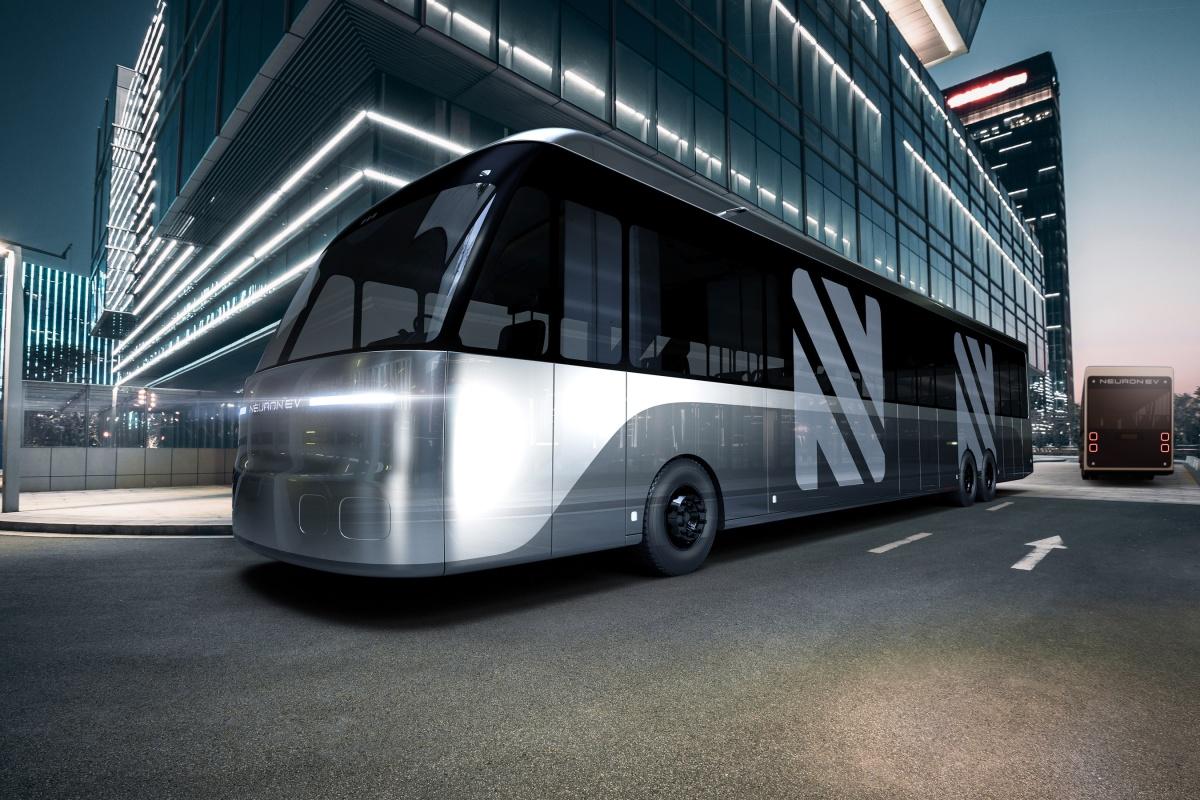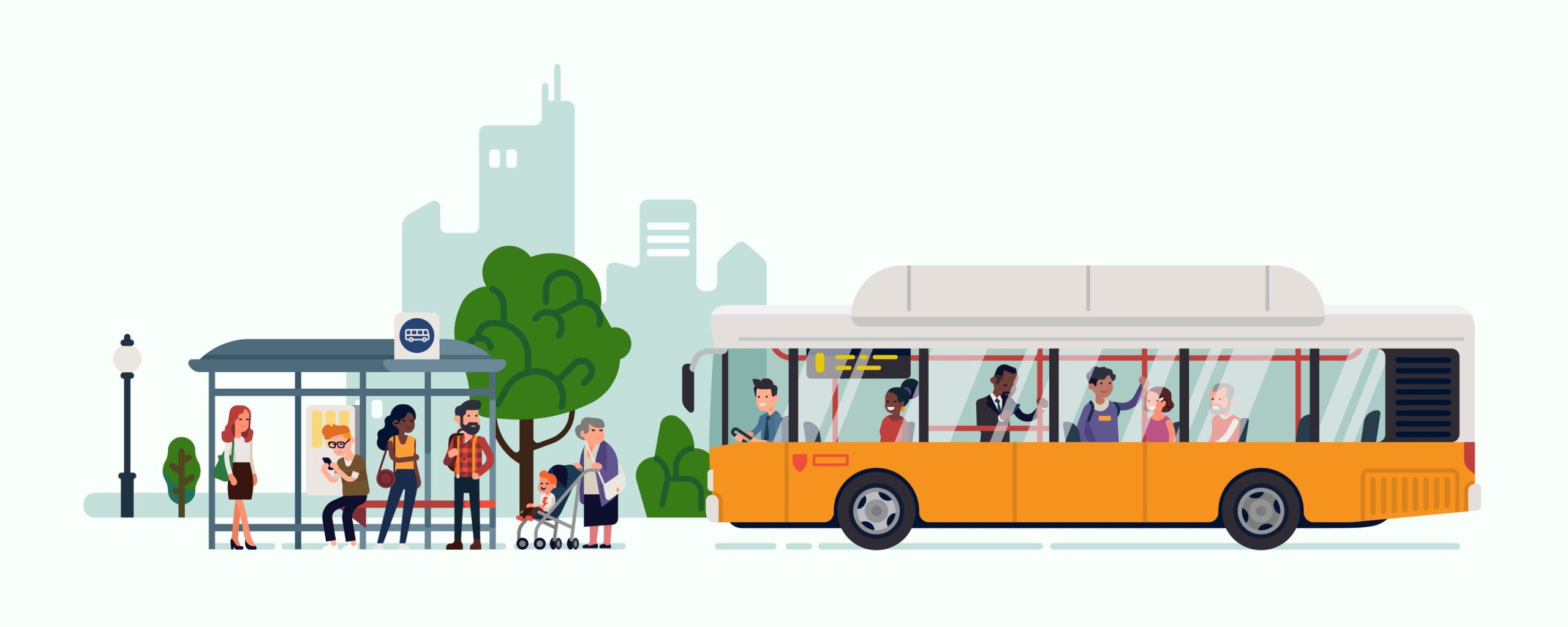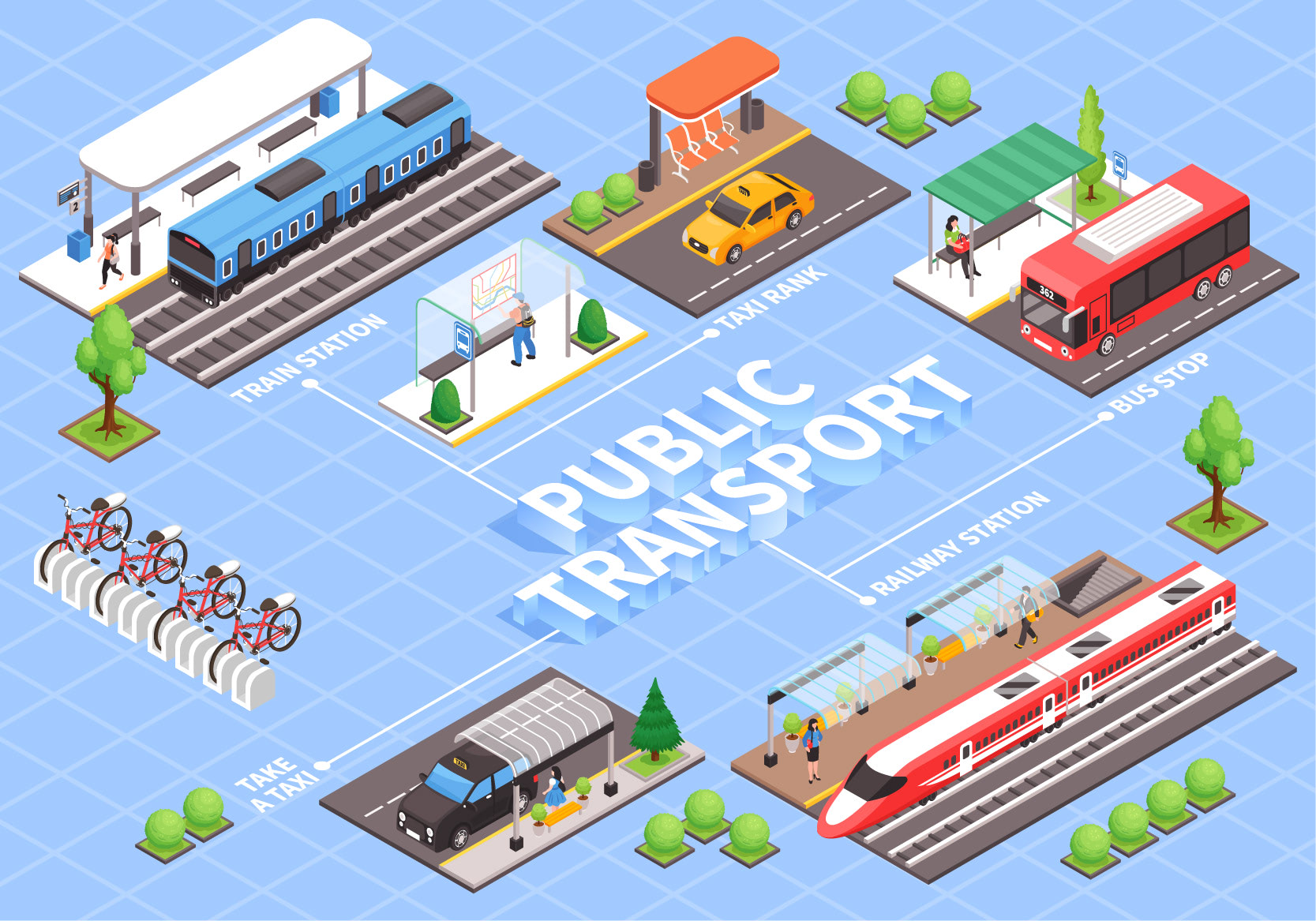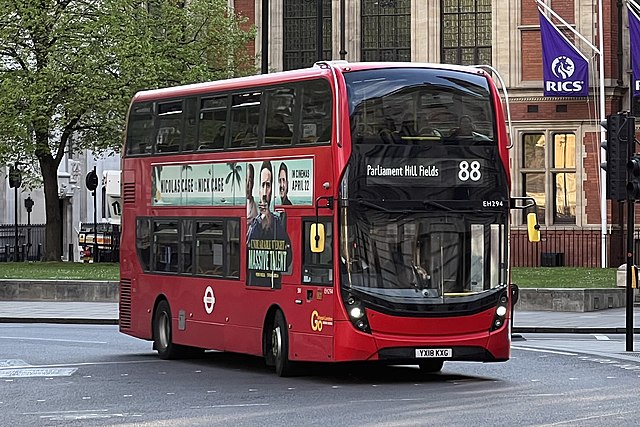The future of public transportation is looking electric! With electric buses, trains, and other forms of transportation becoming more accessible and affordable, eco-friendly transportation is becoming the norm. Electric public transportation is not only better for the environment, but it’s also much quieter and can even save cities money in the long run. With so many exciting developments, it’s no surprise that people of all ages are eager to learn more about the new electric transportation options.
The Benefits of Electric Buses and Trains

Electric buses and trains are becoming increasingly popular in the public transportation space due to their many benefits. They are cost-effective to operate, reduce emissions and pollution while being more efficient. This means they can hold more passengers and travel faster, making them ideal for public transportation. They also require less maintenance, making them a great option for long-term use. Additionally, they are quieter than traditional buses and trains, creating a more pleasant journey for passengers. With all these advantages, electric buses and trains are the way of the future for public transportation.
Challenges of Implementing Electric Public Transportation

The implementation of electric public transportation poses some challenges. For starters, they require a bigger initial investment than traditional buses and trains. Additionally, it is important to consider the availability of charging stations and the infrastructure needed for them. Moreover, there are environmental and safety issues to take into account, such as the emissions of pollutants and the hazards of electric shock. These obstacles must be addressed in order for electric public transportation to become an effective, efficient and safe option for commuters.
The Impact of Electric Buses and Trains on the Environment

The impact of electric buses and trains on the environment is undeniable. Electric public transportation is a great step towards reducing carbon emissions and other pollutants. Thus, it has the potential to drastically reduce the pollution associated with traditional forms of transportation. With electric buses and trains, cities have the opportunity to reduce their carbon footprints and lead the way to a greener future. Furthermore, electric buses and trains use renewable energy sources like solar and wind, which further reduces the environmental impact. This is a huge step forward in the fight against climate change and could be a game-changer to make cities more sustainable.
The Cost of Electric Buses and Trains

The cost of electric buses and trains has been a hot topic of conversation. As many governments look to reduce their emissions, they are turning to electric buses and trains to help them achieve their goals. The cost associated with these measures can be high, but many believe the long-term benefits will far outweigh the short-term costs. Electric buses and trains are often more efficient than their gas-powered counterparts, meaning fuel costs will be lower and fewer emissions will be released. Additionally, electric buses and trains are often quieter, making them more practical for urban areas. All in all, electric buses and trains offer a great way for local governments to reduce their environmental impact while also saving money in the long run.
The Role of Governments and Authorities in Promoting Electric Public Transportation

The role of governments and authorities in promoting electric public transportation is becoming increasingly important. Governments have to create incentives for people to switch to electric buses and trains, such as offering subsidies for electric vehicles or providing free charging points. Additionally, authorities can create regulations that would help reduce emissions from transportation, such as mandating that public transportation fleets switch to electric vehicles. This would not only reduce pollution levels but also reduce the long-term costs associated with operating these fleets. Furthermore, governments should also invest in infrastructure to support electric public transportation, such as charging stations, which would make electric public transportation more accessible and attractive to commuters. Finally, governments should also invest in research and development to help improve the efficiency of electric vehicles.





GIPHY App Key not set. Please check settings